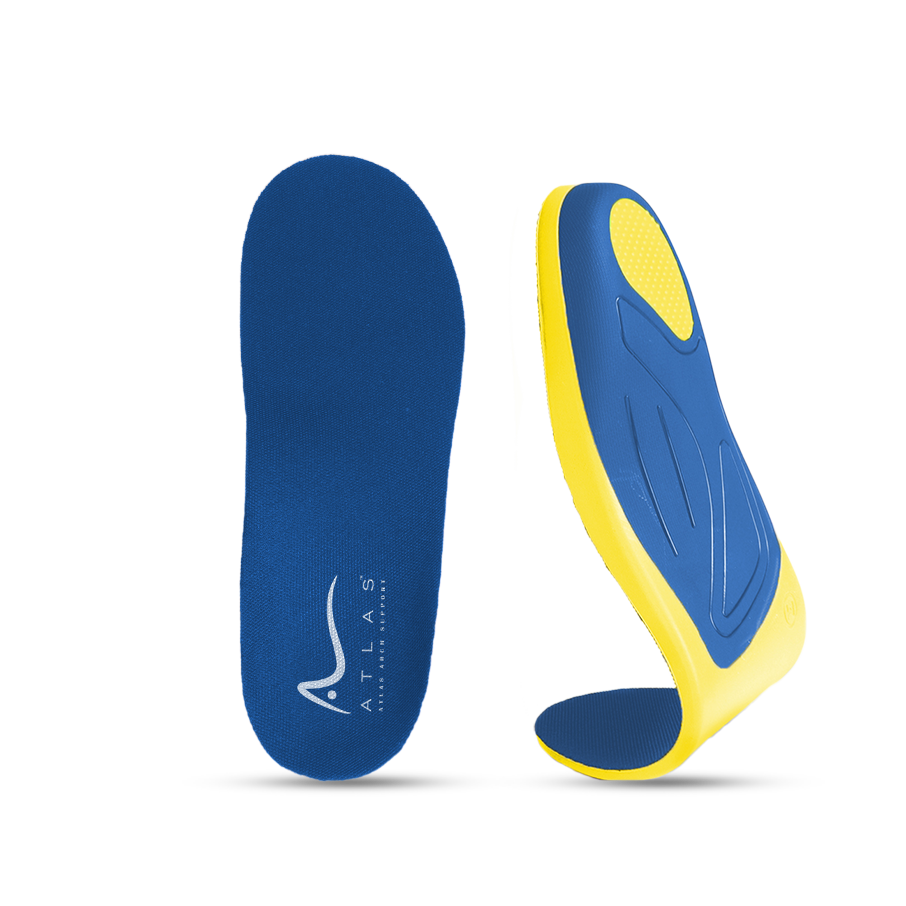Cracked heels, also known as heel fissures, signal a need for attention from your hard-working feet. These fissures, marked by dry, thickened skin with visible cracks, can vary from slightly bothersome to extremely painful. Our guide dives into the root causes, symptoms, and effective solutions to heal your heels and prevent future issues, guiding you towards healthier, more comfortable feet.
Definition and Overview
Heel fissures, or cracked heels, are a common foot issue characterized by dry, thickened skin around the heel, accompanied by visible cracks or splits. This condition can affect just the heels or extend to the sides of the feet, with severity ranging from cosmetic concerns to intense pain and discomfort.
Causes of Heel Fissures
A variety of factors can lead to the development of heel fissures, such as:
Lack of Moisture: Dry skin is more prone to cracking, a situation worsened by environmental conditions like low humidity.
Excessive Pressure: Standing or walking for long periods, especially on hard surfaces, increases heel pressure, leading to cracks. This is often worsened by weight-bearing activities.
Obesity: Carrying extra weight puts additional stress on the heels, making them more susceptible to fissures.
Improper Footwear: Shoes that don't fit well or lack support can lead to uneven weight distribution, contributing to skin dryness and cracking.
Medical Conditions: Eczema, psoriasis, thyroid disorders, and diabetes can affect the skin's moisture balance and increase the risk of fissures.
Symptoms and Complications
Heel fissures arise from various factors, each contributing to the skin's vulnerability on the heels:
Inadequate Moisture
- The skin needs enough moisture to stay flexible and resilient. Low humidity and insufficient hydration can lead to dryness and fissures.
Excessive Pressure
- Continuous pressure from standing or walking on hard surfaces can lead to cracks. Weight-bearing activities exacerbate this pressure.
Obesity
-
Extra body weight increases stress on the heels, leading to skin integrity issues and discomfort.
-
Poorly fitting shoes contribute to the risk of heel fissures by causing uneven weight distribution.
Medical Conditions
- Conditions like eczema, psoriasis, and diabetes disrupt skin moisture, making it prone to dryness and cracking.
Prevention and Treatment
Conclusion
Heel fissures, while common, are more than just cosmetic issues—they're a sign that your feet need more care. By understanding their causes and applying effective prevention and treatment strategies, you can achieve healed heels and improved foot comfort and health. Remember, caring for your feet is essential for your overall well-being.




